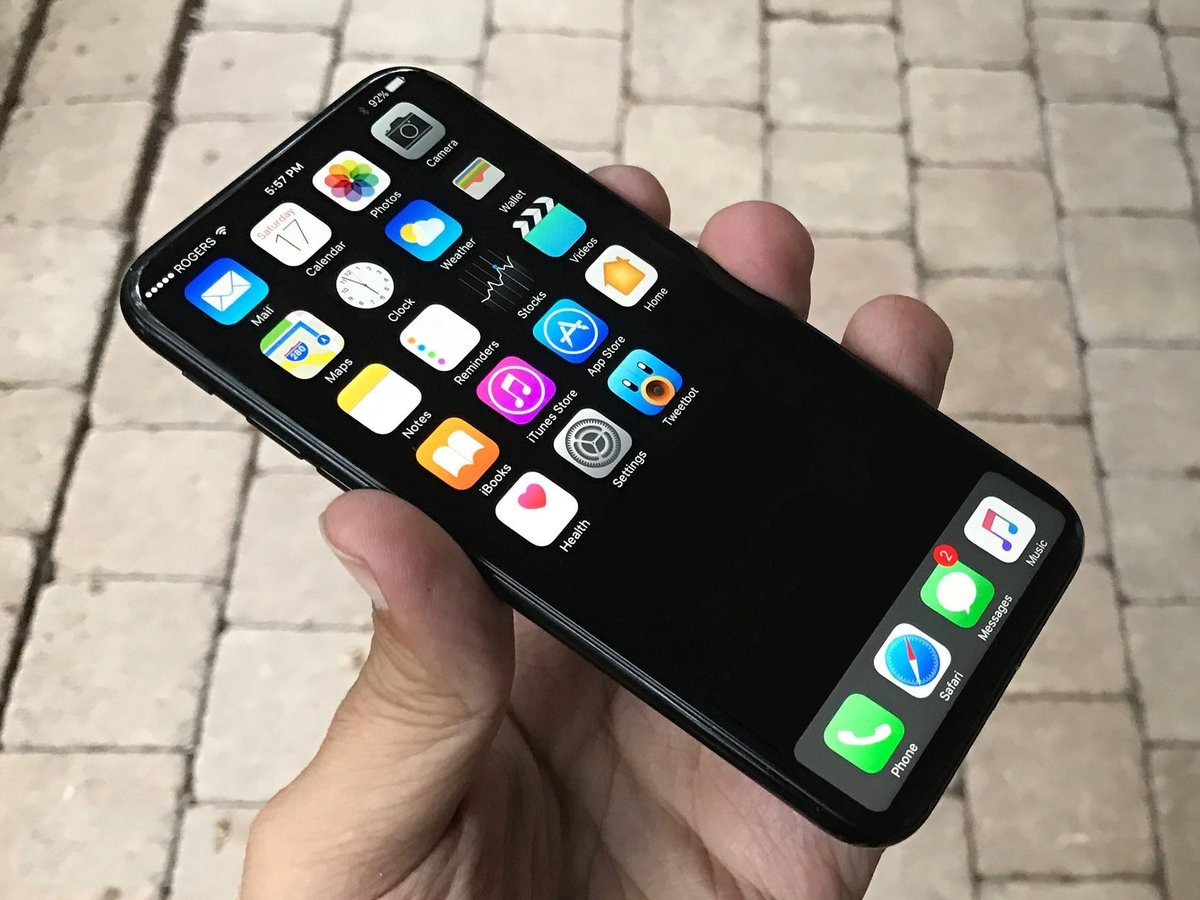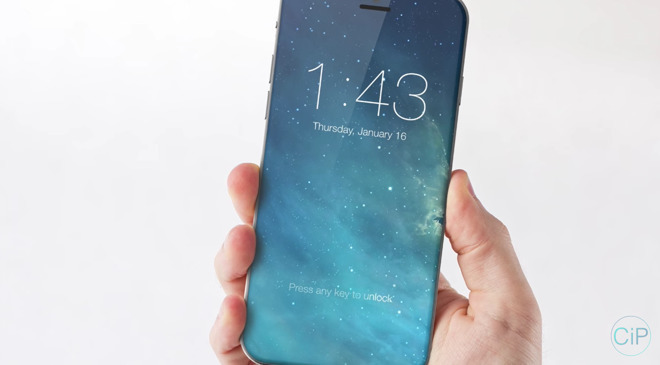Foxconn-owned Sharp is reportedly planning to invest 100 billion yen, or about $864 million U.S., into setting up an OLED production line, amidst expectations that Apple's "iPhone 8" will switch from LCD display technology to OLED.
Production should begin in 2019 at Foxconn's Zhengzhou factory, according to Japan's Nikkei, as quoted by DigiTimes. Since roughly half of all iPhones are produced at that location, the OLED line is believed to be explicitly aimed at selling to Apple.
The investment is larger than the $568 million bet on OLED Sharp has originally announced last September.
In the meantime though, Sharp's OLED efforts are allegedly riding on Sakai Display Products, in which both Sharp and Foxconn chairman Terry Guo are shareholders. SDP has invested 57 billion yen (about $488.9 million U.S.) in a trial OLED production line, which is set to start mass production in 2018. It's not clear how the apparent Zhengzhou line will be affected if the trial experiences problems.
Somewhat cryptically, DigiTimes noted that Foxconn plans to issue a statement to the Taiwan Stock Exchange in response to the rumors.
Foxconn is already Apple's main assembly partner, but will likely be late to the OLED game. The first OLED-equipped iPhones are expected to ship in 2017, using Samsung-made panels.
Even if Apple diversifies its display chain in 2018, Foxconn won't be in a position to capitalize.
Apple is believed to be working on three iPhone models for this fall, only one of which will make the leap from LCD to OLED. Often referred to as the "iPhone 8," the device may also have a curved, edge-to-edge display measuring 5.1 or 5.2 inches, plus features like a glass back and wireless charging.
The flagship OLED iPhone is believed to celebrate the 10th anniversary of Apple's revolutionary handset. Reports have suggested the design shakeup and switch to OLED will enable Apple to embed key features — including the FaceTime camera, earpiece and Touch ID fingerprint sensor — beneath the display, boasting a truly seamless edge-to-edge design.
Other benefits of OLED include potential power savings, particularly if Apple introduces a darker user interface option for iOS. The watchOS interface on Apple Watch features predominantly black backgrounds, taking advantage of the fact that black pixels draw no power.
 Roger Fingas
Roger Fingas








-m.jpg)






 Charles Martin
Charles Martin
 Christine McKee
Christine McKee
 Wesley Hilliard
Wesley Hilliard
 Malcolm Owen
Malcolm Owen
 Andrew Orr
Andrew Orr
 William Gallagher
William Gallagher
 Sponsored Content
Sponsored Content







6 Comments
Yeah! That seems to be the problem with OLED. No manufacturer can produce them in large enough volumes to satisfy iPhone demand. I would estimate if they were to convert their entire line, they would require around 15 million of them at launch.
From the beleaguered Note 7, we saw that they had to recall around 2 million of them. May explain why Samsung has 2 different launch dates for its flagship handsets, almost 6 months apart.
If Apple figures out how to embed Touch ID invisibly under the display, please bring that to a future Apple Watch.
This amount of investment is paltry compared to the investments that LG and Samsung have already made in OLED.
Perhaps Foxconn is attemting to win the watch business. Winning the iPhone business would seem a long shot with that degree of investment for a product they haven't been successful on while both Samsung and LG are currently producing OLED panels on a large scale.
Sharp is going to have to get serious, or get out of the business completely. While LG and Samsung are working feverishly to scale their products and hone their manufacturing processes, sharp has yet to build panels even at a relatively small scale.